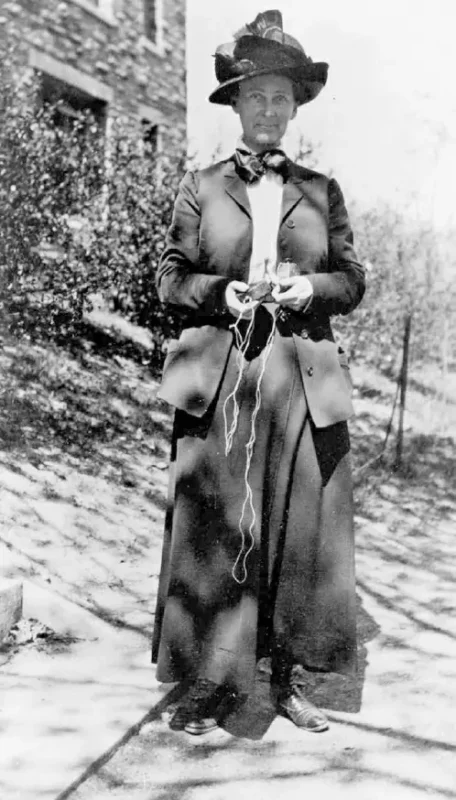For much of history, the field of science, including earth sciences, was predominantly male-dominated. Women faced significant social and academic barriers, being actively discouraged from scientific pursuits, denied admission to leading academic institutions, and excluded from recognition in scientific societies. However, the narrative began to shift in the 19th and 20th centuries, thanks in part to trailblazing women who defied these barriers.
British fossil collector Mary Anning (1799–1847), despite lacking formal education in paleontology, made notable contributions to the field in the early 19th century. Similarly, Mary Holmes (1850–1906) became the first American woman to earn a PhD in an Earth science field in 1888, setting a precedent for future female scientists.
A pivotal figure in this transformative era was Florence Bascom, an American geologist who, in 1893, became the second woman to earn a PhD in geology. Not only did she make significant contributions to the understanding of volcanic rocks and the formation of rocks, but in 1896, she also became the first woman hired by the United States Geological Survey. Her work extended to teaching and founding the Department of Geology at Bryn Mawr College in 1901.
While women like Anning, Holmes, and Bascom began to open doors for future generations, the journey towards gender equality in science is ongoing. Today, women earn half of all science PhDs, yet they represent less than 25% of university science faculty positions. Echoing science educator Bill Nye’s sentiment, it’s crucial to strive for a world where women and girls constitute half the scientific community, reflecting their representation in the global population.

